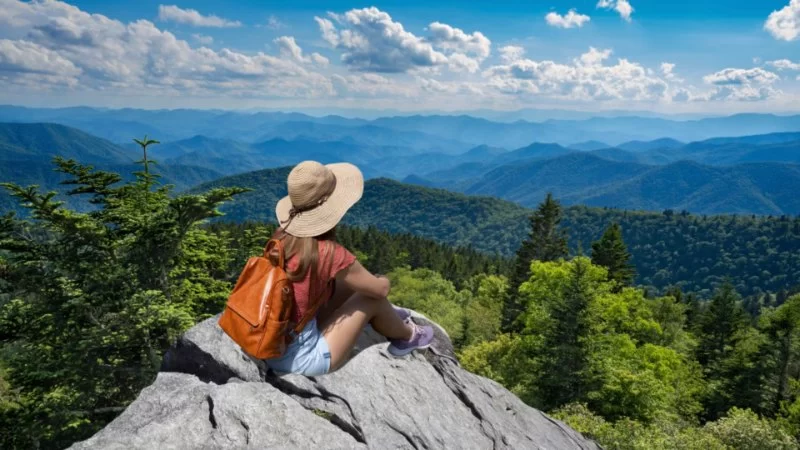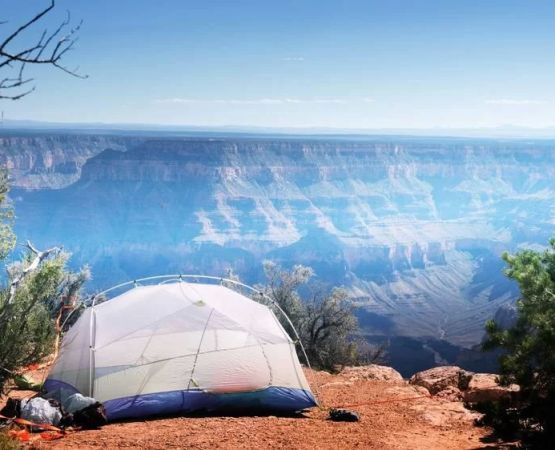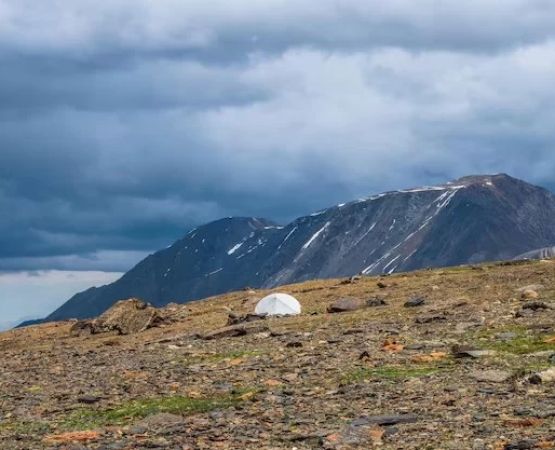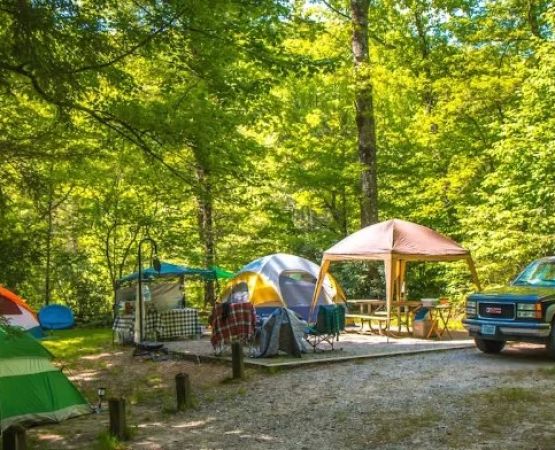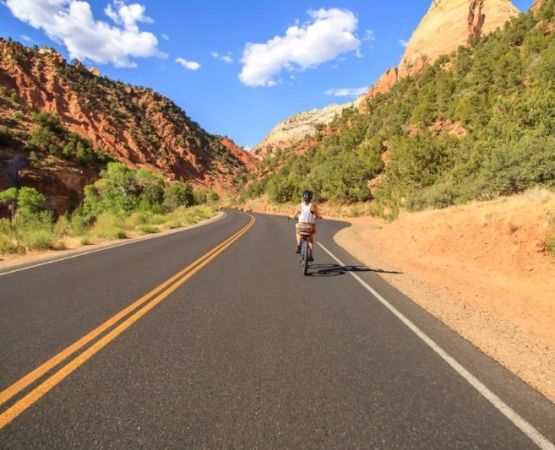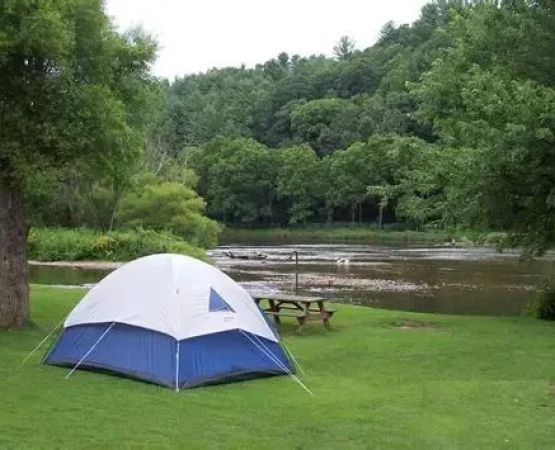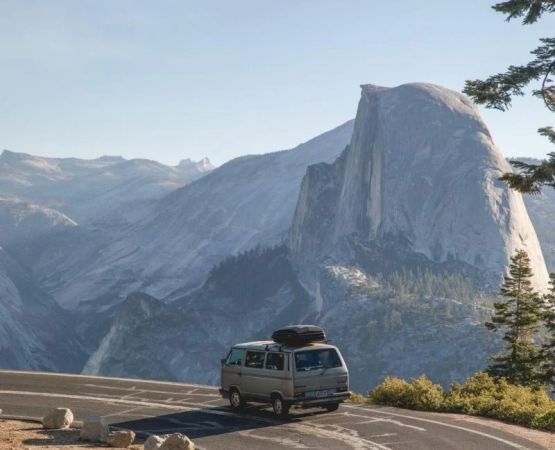1. Exploring the Art of Camping Near Folded Escarpments
Learning How to Camp Near Folded Escarpments opens the door to some of the most dramatic outdoor experiences in North America. These regions—formed by ancient tectonic pressure that bent layered rock into sweeping curves—create the kind of scenery you’d expect to see on postcards or geological textbooks. For campers, the terrain offers unique advantages: natural wind breaks, elevated views, and sheltered valleys perfect for peaceful nights.
But camping near folded escarpments also demands a deeper understanding of terrain behavior, shifting rock layers, and safety considerations. Whether you're an experienced backpacker or someone planning your first rugged adventure, reliable supplies and guidance can make all the difference. For high-quality outdoor gear that fits this environment, Pine Cliff Resort provides curated options designed specifically for wilderness travel.
2. Understanding the Geological Structure and Staying Safe
2.1 What Makes Folded Escarpments Unique
Unlike flatlands or gentle hills, folded escarpments consist of compressed sedimentary layers shaped into arches, troughs, and angled cliffs. These formations create uneven stability zones—some areas are incredibly solid, while others contain fractured rock vulnerable to erosion or minor rockfall.
2.2 Recognizing Stable vs. Unstable Rock Faces
Most stable regions show consistent layering, little loose debris, and rock surfaces that appear anchored into the earth. Unstable zones often reveal fresh breaks, cracked slabs, or slopes littered with fallen fragments. Experienced hikers check these signs before choosing a campsite, especially along valley edges or cliff bases.
2.3 Avoiding High-Risk Locations
While dramatic cliffside edges make stunning photos, they are not ideal for tents. A good rule is to stay well back from the lip of the escarpment, but also avoid setting up directly beneath steep rock faces that could release debris after rain or freeze-thaw cycles. Locals often say, “If it looks like it could fall, someday it will.”
3. Finding the Perfect Campsite Near Folded Escarpments
3.1 Choosing Level Surfaces in Naturally Tilted Terrain
Because escarpments slope in multiple directions, flat camping areas are precious. Look for wide ledges, forested pockets, or gently rising shelves created by erosion-resistant rock. When in doubt, test the ground by gently shifting your weight—if it crumbles, pick another spot.
3.2 Making Use of Natural Wind Protection
Escarpments often channel winds upward or sideways. Positioning your tent near a rock bulge or behind a slanted ridge can reduce gust impact. The airflow around these formations is predictable: wind tends to accelerate along the curved upper crests while calming near recessed folds.
3.3 The Importance of Drainage Observation
Because of their shape, folded escarpments collect and redirect runoff in surprising ways. Avoid depressions, cracked basins, or narrow erosional channels where sudden storm drainage could turn your tent into a miniature riverbed.
4. How Weather and Wind Shape Your Camping Strategy
4.1 Understanding Microclimates Around Escarpments
Folded escarpments create microclimates where one side might be warm and breezy while the opposite slope remains cool and damp. As a camper, recognizing these contrasts helps you pick a comfortable zone for cooking, sleeping, and storing gear.
4.2 Monitoring Temperature Swings
Nights in escarpment regions often cool rapidly due to elevation shifts. Bring insulation layers even during warmer months. If you’ve misjudged temperatures before, you know the uncomfortable shock of nightfall in exposed terrain—choosing the right campsite helps minimize this effect.
4.3 Reading Wind Behavior Before Pitching Your Tent
Wind may intensify as it hits the upper folds of an escarpment. Setting your tent’s lowest profile toward the prevailing wind helps maintain structure. Many seasoned campers walk the area for a minute before committing, watching dust, grass, and small leaves to understand wind flow.
5. Choosing the Right Gear for Escarpment-Side Camping
5.1 Tents Built for Rocky Ground
Rocky ledges require durable tent floors and strong stakes capable of anchoring into firm terrain. Ultralight tents are convenient, but when camping near escarpments, slightly heavier, reinforced models often provide more stability and security.
5.2 Footwear and Traction Essentials
Inclined rock surfaces and gravel slopes demand reliable traction. Footwear with multi-directional lugs and reinforced heel support prevents slips when navigating steep sections or carrying gear to your campsite. Many campers prefer hybrid hiking shoes for this exact environment.
5.3 Helpful Add-Ons for Rugged Terrain
Items such as trekking poles, rubber-capped stakes, durable footprints, and compact hammocks can dramatically improve comfort and safety. Pine Cliff Resort frequently features gear bundles tailored for rocky or elevated camping regions, reducing the guesswork for beginners.
6. Real Camping Experiences Near Folded Escarpments
A widely shared online story involves a pair of travelers who camped along a dramatic fold in the Ozark region. They initially set up their tent near what looked like a stable ledge—until a mild overnight rain triggered loose debris to slide just a few feet from their shelter. The experience rattled them, but it also taught them to read drainage paths more carefully.
Another social media post that went viral showcased a solo camper who found an incredible sunrise view by pitching near a sweeping escarpment curve in Utah. She emphasized how practicing setup beforehand made her camping experience safer, calmer, and more enjoyable—proof that preparation elevates the adventure.
7. Caring for the Land Around Folded Escarpments
7.1 Respecting Fragile Ecological Zones
The grasses and shrubs growing on rocky escarpment layers often take decades to establish. Avoid trampling delicate vegetation and stick to durable surfaces whenever possible.
7.2 Waste Management in Rugged Terrain
Pack out everything—including compostable waste. Rocky environments break down organic materials far more slowly than forest soil, so cleanliness protects both wildlife and future visitors.
7.3 Leaving the Area Better Than You Found It
Brush aside footprints, restore moved stones, and ensure fire rings remain controlled and minimized. Simple habits preserve these stunning landscapes for generations of adventurers.

